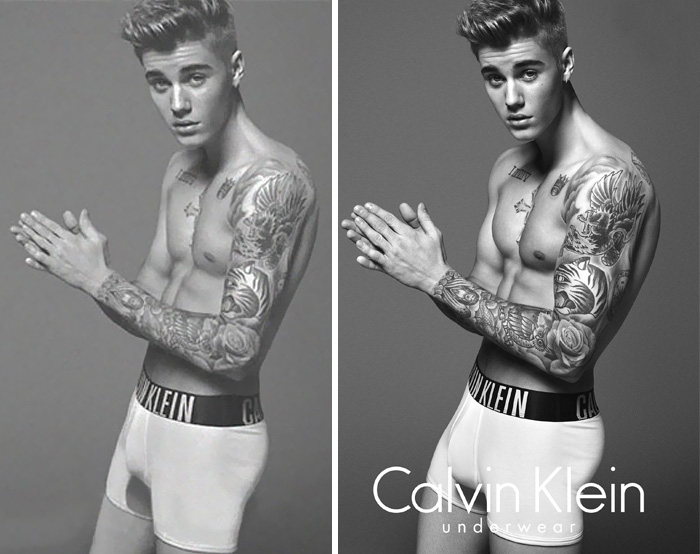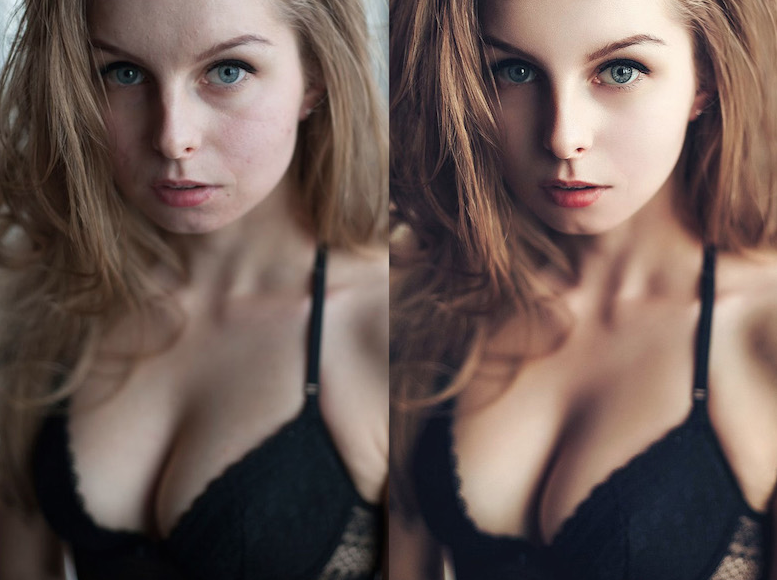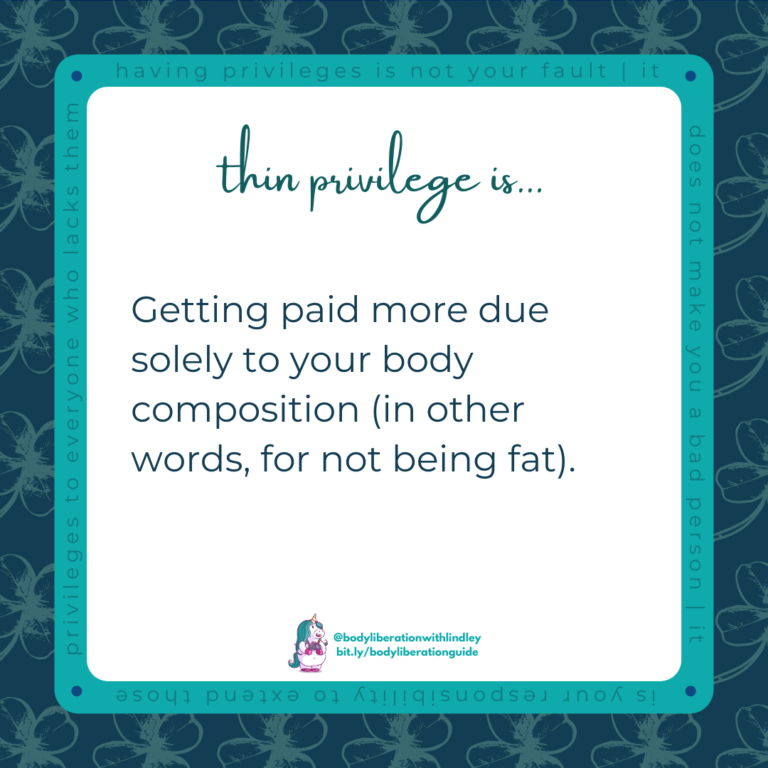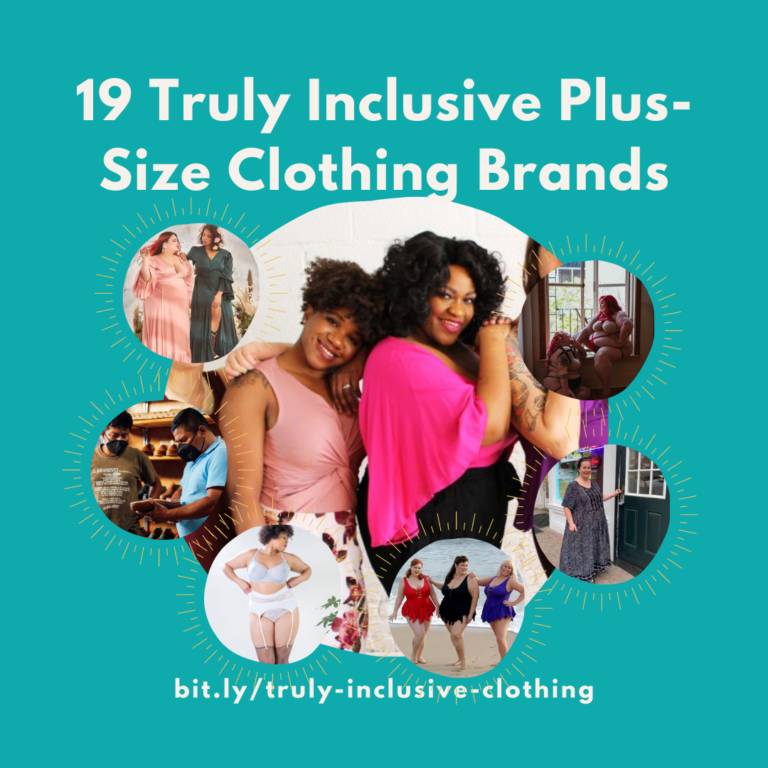It’s time for a reality check on looks.
It’s time for a reality check on looks.
Think back to the last TV, magazine or online ad you saw that contained an image of a woman. Odds are she was young, very thin, white, stylish, and either happy or appealingly pouty. She probably had perfect skin and brows, no body hair or wrinkles whatsoever, and flawlessly white teeth, plus an indefinable air of coolness.
I cannot tell you loudly enough: these people are fictional. (Imagine those words underlined five times.)
These women *do not exist,* no matter how real they look. They’ve been digitally created. They’re based on a true story. Digital artists start with pictures of actual humans and then pluck, tweeze, erase, bend, tuck, blow out, smoothe, patch, and collage until the result is an impossible dream. That woman in that ad may even be a conglomeration of five different people or poses, body parts carefully selected like puzzle pieces.
(And yes, this goes for video, too. If you didn’t know that Photoshop-like tools exist for video, now you do.)
Pretty much any human body you see that’s being used to sell you something has been altered. But that’s not really my point today, so instead, think about an image of a women in an advertisement that you’re pretty sure wasn’t altered. She had all those attributes above, right, with the thinness and youth and so on?
You will never look like her, either.
I’m sorry. That’s just not how human bodies work. I know, it sucks. I’m just the messenger.
No matter what product is being advertised, buying it will not make you look like the person in the advertisement. That seems obvious, until you think about how much advertising leans on using women’s images. It’s pretty clear that buying that perfume won’t turn us into that svelte blonde woman, but subconsciously, we think that maybe we could capture a little bit of that confidence and coolness. It’s an advertising strategy that works, or we wouldn’t have seen it continue for decades.
It’s also a strategy that poisons our body image and self worth. Even if we know on the surface that a decade of buying things from sexy, stunning women won’t turn us into one, seeing those bodies held up as the constant ideal turns us against ourselves.
After all, if every product promises — some subtly, some outright — that spending that money will turn us into perfection, what’s wrong with us that it never happens? If the representative user of that perfume is an absolute dream, what’s wrong with us nightmares? If paying for that diet plan didn’t turn us into the happy, twirling thin women in the advertisements, what’s wrong with us?

And not only are we subconsciously pursuing that ideal, we’re pursuing an entirely impossible-to-obtain false perfection.
It’s time to face it: We are never going to look like that twenty-year-old in the ad. Even when we were twenty years old, we probably didn’t look like that, because the people in advertisements are models, the .1% of the population deemed physically worthy. Before the Photoshopping started.
We are never going to have that skin.
We are never going to have those eyes.
We are never going to have those teeth.
We are never going to be that thin.
Because — and once again I cannot stress this enough — the traits we’re chasing are lies, built on a daydream, built on a physical standard that 99% of the population can’t attain, no matter how hard we work or what we eat or what we buy.
I’m sorry, and angry, that you were sold this bill of goods. I was, too. It’s time for us to return it to sender and demand our time, money, mental health and lives back. Join me?

Here’s my challenge to you this week: Every time you see a human being in an advertisement, stop and ask these questions:
- What is being sold? Is it a product, service, lifestyle, or something else?
. - Who is the person in the image? How might their body have been altered to be more appealing?
. - What is the person doing, and what expression do they have? How do I feel when I look at this image? How does the company want me to feel?
. - According to the image(s) in this advertisement, what does someone who uses this product or service look like? Do you think that representation matches the real-world target market of this product, or is it aspirational (an idealized and fictionalized representation)?
. - What promise is being made, explicitly or implicitly, by this advertisement? What is supposed to happen if I buy this?
. - If this is a product or service I could invest in if I wanted to, how would I feel if I did so?
. - What are the chances that my body would appear more like the body in the ad? How would I feel if my body remained unchanged?
. - If this is a product or service I could not invest in if I wanted to, how do I feel, knowing that?
. - How do I feel after both viewing this ad and carefully considering it? Does this analysis change how I’m likely to view this kind of ad, or all ads, in the future?

Let’s dig deep.
Every Monday, I send out my Body Liberation Guide, a thoughtful email jam-packed with resources for changing the way you see your own body and the bodies you see around you. And it’s free. Let’s change the world together.
Hi there! I'm Lindley. I create artwork that celebrates the unique beauty of bodies that fall outside conventional "beauty" standards at Body Liberation Photography. I'm also the creator of Body Liberation Stock and the Body Love Shop, a curated central resource for body-friendly artwork and products. Find all my work here at bodyliberationphotos.com.







